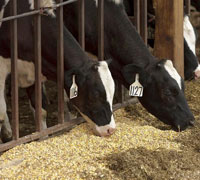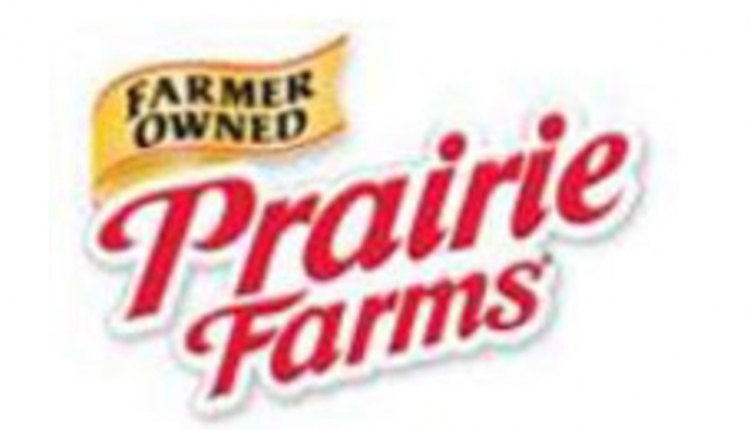The information below has been supplied by dairy marketers and other industry organizations. It has not been edited, verified or endorsed by Hoard’s Dairyman. 


With milk check butterfat values currently in the $2.50 to $2.70 per pound range and nearly a dollar more than protein, butterfat is where it's at in terms of dairy producer income today.
A high oleic soybean variety that was tested recently at Penn State University for its dairy nutrition applications showed a surprisingly significant impact on raising the milkfat percentage. There was no impact on milk volume or other components and only a slight increase in dry matter intake, which resulted in no effect on feed efficiency in terms of energy-corrected milk.

With butterfat doubling in value to average $2.30 per pound over the past three years, a 0.2% increase in butterfat for an 80-pound dairy herd could mean 35 cents per hundredweight to the milk check under normal marketing conditions when milk volume and other components are unchanged.
Through a check-off grant from the Pennsylvania Soybean Board, Alexander Hristov, Ph.D., PAS, Penn State professor of dairy nutrition, led a project to evaluate dairy ration performance of three soybean meal sources: conventional, high linoleic extruded soybean meal; extruded Plenish® (DuPont Pioneer) high oleic soybean meal; and whole, heated Plenish high oleic soybeans. High oleic soybeans have been grown commercially in the United States for five seasons, and are grown in Pennsylvania and 11 other states.
The study was done with extruded soybean meal versus conventional solvent extraction because more of the soybean oil is retained with the extrusion process. Substituting the extruded Plenish variety soybean meal for conventional extruded soybean meal requires no adjustment in dairy rations, according to the study.
"We were surprised with such an obvious (0.2%) milkfat percentage increase. The mechanism we think is taking place is the higher level of oleic fatty acids in the Plenish high oleic soybeans versus linoleic fatty acids in the conventional soybeans, and a reduction in the already small level of trans fatty acids in milk," Hristov confirms.
Not only did the high oleic variety raise milk butterfat content over conventional soybean meal, it changed the composition of the milkfat. The increase in heart-healthy monounsaturated fats and some significant decreases in trans fatty acids in the milk are noteworthy for consumers.
"The 17% reduction in trans fatty acids is significant," Hristov said. "These are the harmful fatty acids consumers want to avoid and it went from 3.36% of the total percentage of milkfat to 2.80% in the Plenish diets. Even though those levels of trans fatty acids are relatively low in milk to begin with, the Plenish diets still decreased them further, which is beneficial.
"If soybean growers grow more high oleic beans versus conventional because it benefits human food products more, there will be more soymeal going into animal feed with this profile," Hristov observes. "But the benefits are only realized if the residual fat is in the soymeal (via extrusion or whole roasting). Although this wasn't studied, it can be assumed that the benefit is close to zero if solvent extraction processes are used versus extrusion."
Hristov describes the research and findings in his paper published earlier this year in the Journal of Dairy Science and available at http://www.journalofdairyscience.org/article/S0022-0302(16)30887-6/fulltext
| About the Pennsylvania Soybean Board |
| The Pennsylvania Soybean Board is a farmer-controlled Board responsible for managing Pennsylvania's share of funds received from the nationwide Soybean Checkoff program. The funding is available under an assessment program, approved by Congress in 1990, under which soybean farmers contribute 50 cents of every $100 they receive for their beans at the first point of sale. Funds are used to develop markets, educate consumers, and research new ways to utilize and produce soybeans more efficiently. For more information, visit www.pasoybean.org. |





